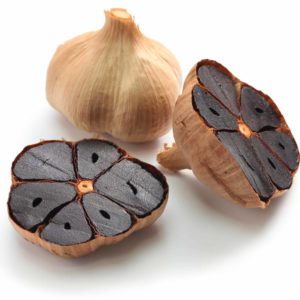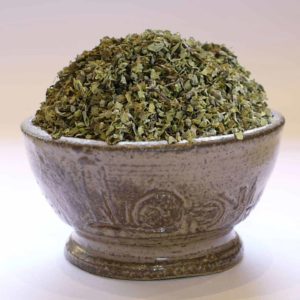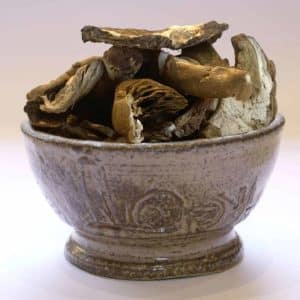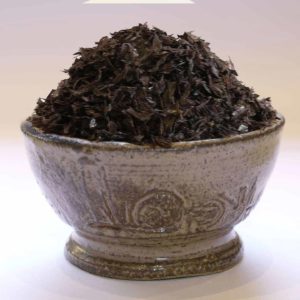0
- ONLINE GROCERY
- OUR HISTORY
- BLOG
- CONTACT
- MY ACCOUNT
- PRO
4,70 €83,40 € /kg
Discover sumac seed: a Middle Eastern spice with tangy, fruity aromas, perfect for enhancing your dishes. Appreciated for its unique flavors, it adds an exotic touch to your recipes, adding freshness and originality to every bite.

Sumac seed, an emblematic ingredient of Middle Eastern cuisine, is appreciated for its lemony aroma and tangy flavor. Used for centuries in traditional cooking, this seed offers a unique and refined taste experience.
Sumac seeds are harvested from the fruit of the sumac shrub (rus). Once harvested, the seeds are dried and ground to a fine powder, or used whole (as shown here) to retain their natural flavor.
Not only is sumac seed prized for its acidic taste, it is also touted for its health-promoting properties. Rich in antioxidants and vitamin C, it can help boost the immune system and fight inflammation.
Experience the authenticity and richness of oriental flavors with our whole sumac seeds. Thanks to our commitment to quality and authenticity, you can be sure of finding fresh, flavorful sumac seeds to enhance your favorite dishes.
Whole sumac seeds are versatile and can be used in a multitude of ways in the kitchen. They are commonly used as a condiment to sprinkle on salads, grilled meats, fish or rice dishes. Their tangy flavor adds a touch of freshness and originality to your recipes.
It dates back thousands of years, with its roots in the fertile lands of the Middle East and the Mediterranean. Used since antiquity by ancient civilizations, sumac has survived the centuries as an essential element of cuisine, medicine and even culture.
Originating mainly in the mountainous regions of the Middle East, it was consumed and appreciated by civilizations such as the Persians, Sumerians and Assyrians as early as 3000 BC.
The first traces of its use date back to ancient Greece, where it was used as a condiment and for its medicinal properties.
Over time, sumac spread to other parts of the world, including Europe and North America, where it was adopted in various cuisines and culinary traditions. It has also been used as a food preservative, natural colorant and even as a base for refreshing drinks.
Medicinally, sumac has been used for its anti-inflammatory, antioxidant and antimicrobial properties. Ancient healers often prescribed it to treat a variety of ailments, from gastrointestinal disorders to skin conditions.
Today, it continues to be an essential component of Middle Eastern cuisine, where it is used to flavor a variety of dishes, including salads, grilled meats and mezze. Its unique tangy, slightly fruity taste makes it a popular ingredient with chefs and food lovers the world over. Zaatar remains the essential blend containing sumac.
Beyond its culinary value, sumac remains a symbol of the richness and diversity of the cultures that have cultivated and used it through the ages. Its fascinating history reflects the way in which culinary traditions can transcend geographical and temporal boundaries, uniting peoples around the table and celebrating the beauty of gastronomic diversity.
| Weight | 50 g |
|---|---|
| Weight | |
| Botanical nomenclature | Rhus coriaria |



